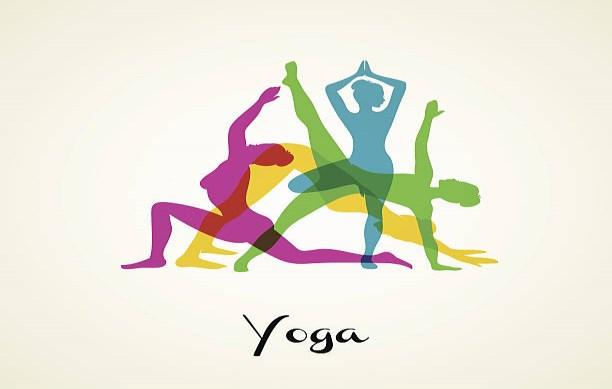
2 minute read
HEALTHY LIFESTYLE
Watching some of these videos is a great way to get acquainted with beginner poses and sequences Watching some of these videos is a great way to get acquainted with beginner poses and sequences. After watching some, you will find a few that resonate with you. Try doing a few 10 or 20 minute sequences and see how you feel You may find yourself wanting to do a short flow on a regular basis and this ‘at home’ practice will help build your confidence in joining in-person classes.
4. Dress comfortably, get a good sticky/non-slip mat and avoid mirrors. Yoga is all about getting out of your ego. It’s not about being fashionable or how you look when doing a pose. Both of these things are external experiences and the journey of yoga is meant to be an internal one Striving for comfort and practicing some modesty will help deepen your yoga experience A good quality sticky mat that doesn’t make your hands or feet slip will also help with your practice.
Advertisement
5. Attend a class. Having done a few sequences on your own, you may now feel ready to take part in an actual in person class. Again, this is progress! Most studios offer gentle beginner classes which is the perfect place to start. If you have any questions about the poses, speak with the teacher after class. They are there to help you in your journey. There are also some things to consider when attending an inperson class (we will examine Yoga Class Etiquette next week!).
6. Set an intention for your practice. Setting a purpose or desire for your practice can help keep you focused on the present moment. It can also help to keep your mind from drifting away to random thoughts and distractions. Intentions can vary and change for each session. For one practice, you might set an intention to find some peace and serenity. Another day, you might be seeking relief from a sore neck On yet another day, you might be hoping to receive some answers for some situation you’ve been dealing with. There is also an option to dedicate your practice to someone you care about. The possibilities are endless. In my own experience, the intention I set is often met. When it isn’t, it doesn’t really matter as there is something else quite wonderful that was received in its place.
7. Honor yourself and your body. As mentioned earlier, everyone has a starting point in their journey of yoga and EVERY BODY is different. Your yogic journey should be a kind, loving and compassionate one that honors where you are at in any given moment and foregoes making any comparisons with where others in class are at.
One of the yoga yamas (ethical and moral codes to live by) is “Ahimsa” which translates to non-violence in thought, word and action. Practicing acceptance of, as well as kindness and compassion to, yourself, both on and off the mat, will enhance your sense of peace and wellbeing. Also be sure to modify the poses for your body. Again, speak with the teacher for ideas on how to better support yourself in your practice.
8. Focus on strength rather than flexibility. The most common comment I get when people find out that I teach yoga is, “I’d like to do yoga but I’m not very flexible.” Most folks seem to expect me to say, “That’s too bad” and are surprised to hear me say, “Great! You’re perfect for yoga!” Why is this? If a person is anything like I was when I started yoga (very flexible), they will eventually hit a ‘wall’and will get stuck in their practice as they don’t have the strength to maintain a pose.
Continued on page 28








